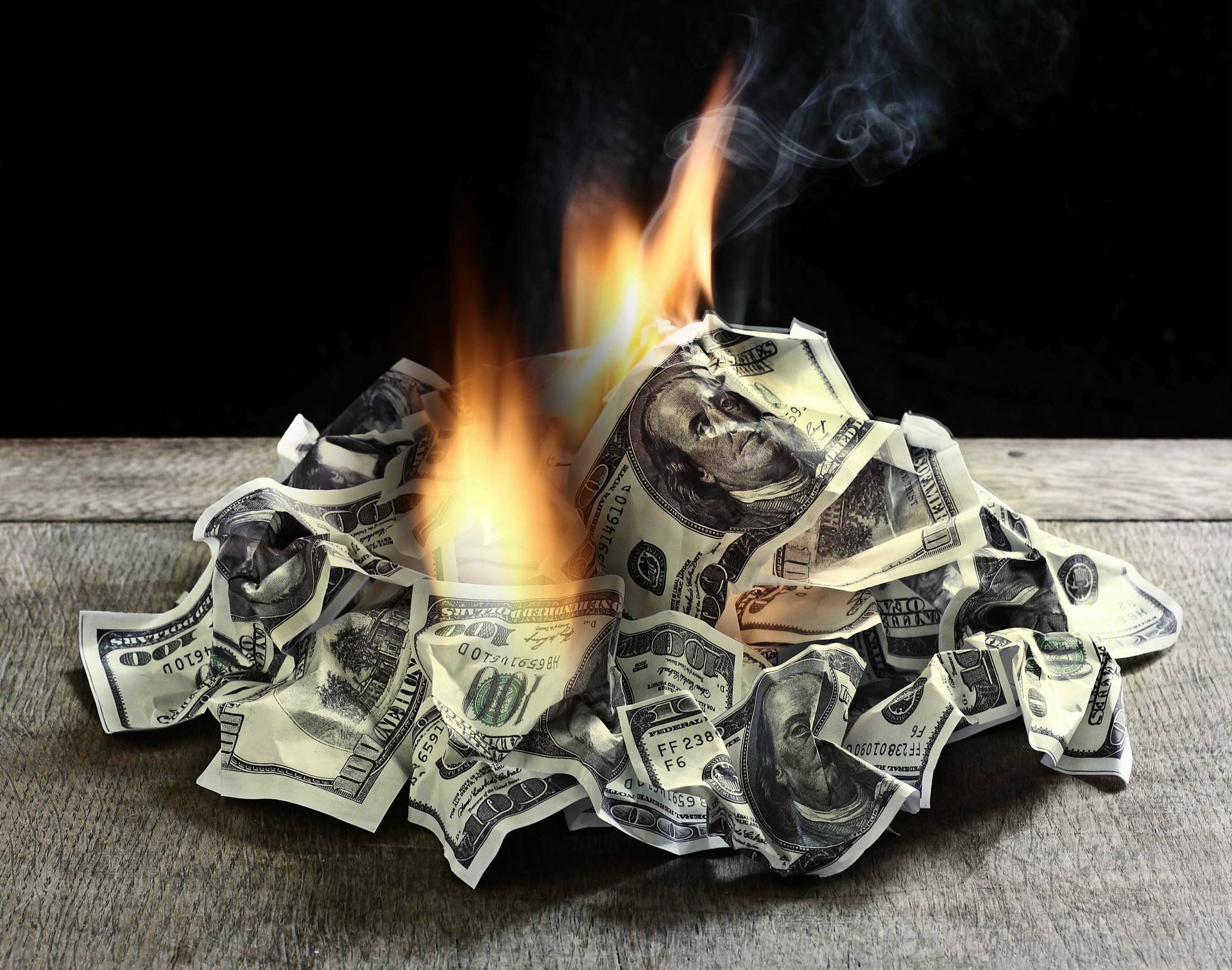A bank or investment company uses liabilities to buy resources, which earns its income. Assets and liabilities are further recognizing to be either current or long-term. Current assets are assets likely to be sold or elsewhere converted to cash within 12 months; otherwise, the assets are long-term (as noncurrent assets). Current liabilities are anticipated to be paid within 1 year; otherwise, the liabilities are long-term (and noncurrent liabilities). Generally, working capital should be sufficient to meet current liabilities.
However, it should not be extreme, since capital by means of long-term property usually has a higher come back. The excess of the bank’s long-term assets over its long-term liabilities is an indication of its solvency, its ability to keep as a going concern. Assets earn revenue for the bank and includes cash, securities, loans, and equipment and property which allow it to operate. One of the major services of the bank is to supply cash on demand, whether it’s a depositor withdrawing money or writing the or a bank customer drawing on a credit line.
A bank or investment company also needs funds to settle payments, but while expenses are predictable in both amount and timing, cash withdrawals by customers are not. Hence, a bank or investment company must maintain a certain degree of cash in comparison to its liabilities to keep solvency. A bank or investment company must keep some cash as reserves, which is the amount of money in a bank’s accounts at the Federal Reserve (Fed). Some banking institutions, usually smaller banks, have accounts at bigger banking institutions also, called correspondent banking institutions.
This relationship makes financing expeditious because several smaller banking institutions are rural and have excess reserves to the larger banks in the towns will often have a deficiency of reserves. Another way to obtain cash is cash in the procedure of collection. Whenever a bank receives a check, it must present the check to the bank on which it is attracted for payment, and, previously, it has taken several days. Nowadays, inspections are being processed electronically and many transfers of funds are being conducted electronically instead of using checks. Which means this category of cash is diminishing significantly and will vanish when all financial transactions finally become electronic probably.
The main securities that banking institutions own are USA Treasuries and municipal bonds. These bonds can be sold quickly in the secondary market whenever a bank or investment company needs more cash, so they are generally referred to as supplementary reserves. The recent credit crisis has also underscored the fact that banks held many asset-backed securities as well.
United States banking institutions are not permitted to own stocks, because of their risk, but, ironically, they can hold much riskier securities called derivatives. Loans are the major asset for some banks. They earn much more interest than banks need to pay on debris, and, thus, are a major source of revenue for a bank or investment company.
- Regular team and company cultural occasions
- Widow’s Pension
- 2017-CFA Certification
- Other Business Loans
Often banking institutions will sell the loans, such as mortgages, credit car, and cards loan receivables, to be securitized into asset-backed securities which can be sold to traders. This allows banking institutions to make more loans while making origination fees and/or servicing fees on the securitized loans also. Liabilities are either the deposits of customers or money that banks borrow from other sources to use to fund assets that earn revenue.
Checkable debris are deposits where depositors can withdraw the amount of money at will. Included in these are all checking accounts. Some checkable deposits, such as NOW, super-NOW, and money market accounts pay interest, but most looking at accounts pay hardly any or no interest. Instead, depositors use examining accounts for payment services, which, nowadays, also contains digital banking services. Before the 1980s, checkable deposits were a major source of cheap funds for banks, because they paid or no interest on the amount of money little.

